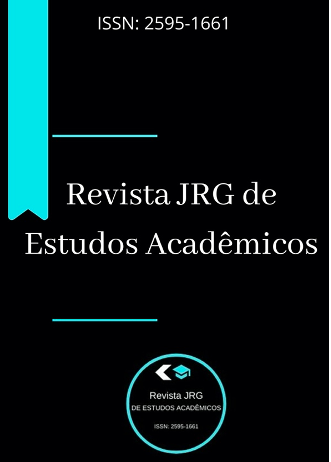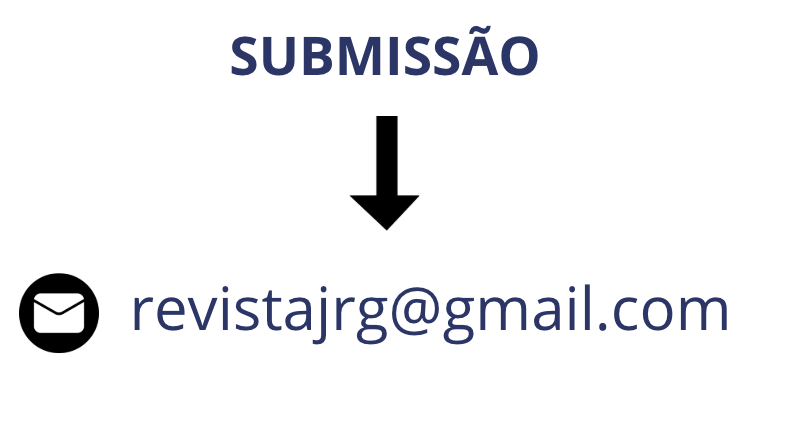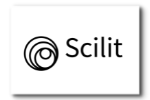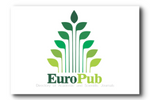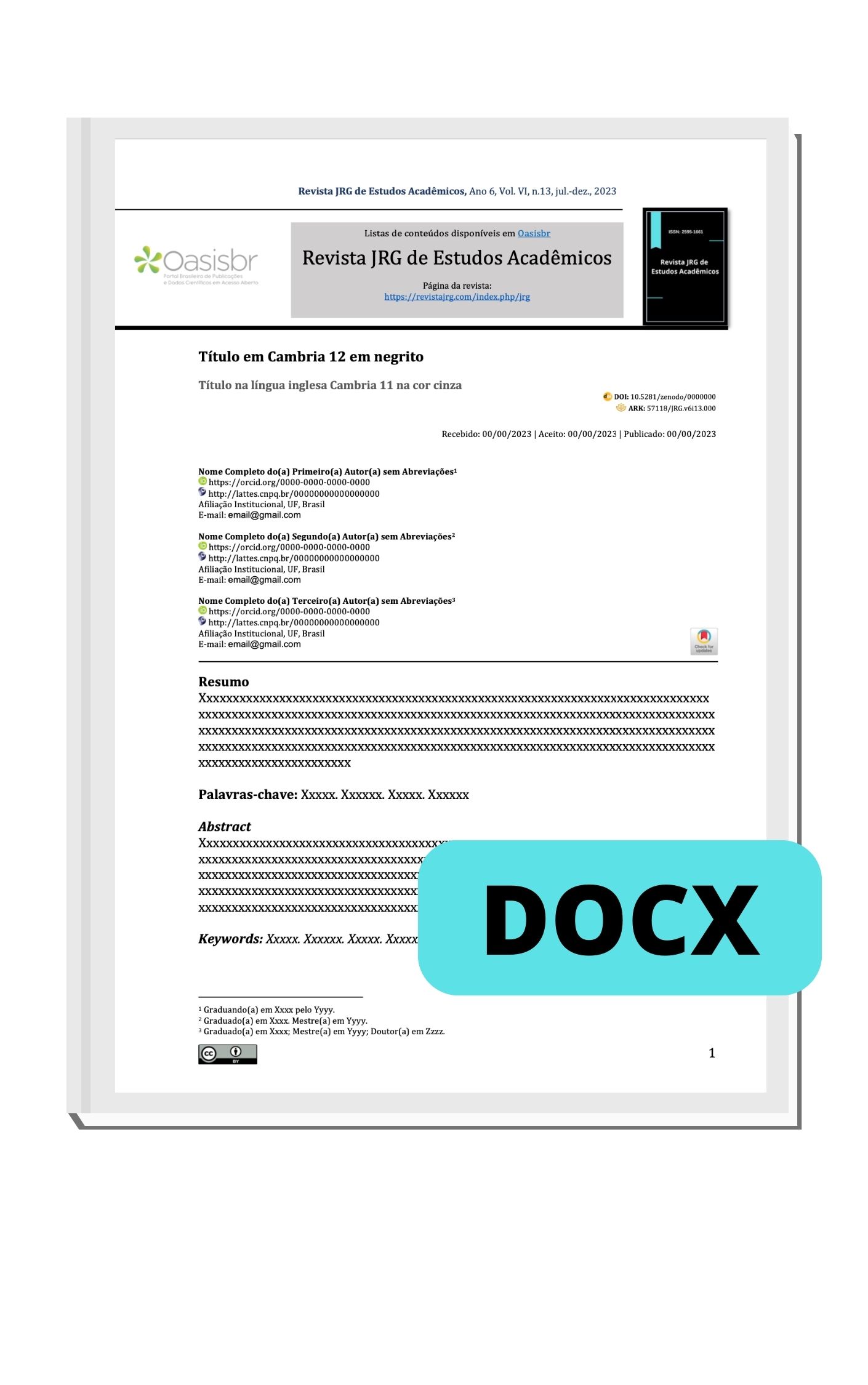PERFORMANCE OF MILLET SUBMITTED TO IRRIGATION DEPTHS
DOI:
https://doi.org/10.5281/zenodo.3895197Keywords:
Pennisetum glaucum L., productivity, water management.Abstract
He millet (Pennisetum glaucum L.) crop presents its economic potential due to its versatility of uses in the agronomic scenario, among high potential of soil cover, rich nutrition in food and feed and source for biofuels. Despite the tolerance to water deficit, it suffers some variations in its development and productivity. Thus, the objective of this work is to evaluate the response of ADR 300 and ADR 500 cultivars submitted to several irrigation depths. The experiment was carried out in a greenhouse at the State University of Goiás at Ipameri Campus - GO. The experimental design was a completely randomized block in factorial scheme. The treatments were: A - variety of cultivar ADR 300 and B - variety of cultivar ADR 500); And in the subplots: 1- irrigation depth 50%, 2- irrigation depth 60%, 3 - irrigation depth 70%, 4- irrigation depth 80% and 5 - irrigation depth 100%, delimited through the capacity of field of each vase. Evaluating the following characteristics: plant height (ALT), stem diameter (DIA), leaf area (AFOL), leaf number (NFOL), dry matter (MS) and yield (PROD). Data were subjected to analysis of variance, and when the F test was significant, the Tukey test, with p <0.05, for the quantification of the isolated variables, while the interactions used regression p <0.05, using the SISVAR software. . Irrigation management did not show significant results for the isolated variables, and the interaction between them, characterizing that the cultivation under the cultivation conditions would not be necessary the irrigation increments. Therefore, the use of irrigation in millet crop was not significant.
Downloads
References
ALMEIDA, M. C. R.; LEITE, M. L. M.; SÁ JUNIOR, E. H.; CRUZ, M. G.; MOURA, G. A.; MOURA, E. A.; SÁ, G. A. S.; LUCENA, L. R. P. Crescimento vegetativo de cultivares de milheto sob diferentes disponibilidades hídricas. Revista Magistra, Cruz das Almas, v. 29, n. 2, p.161-171, 2017.
BARRETO, G. P.; LIRA, M. A.; SANTOS, M. V. F.; DEUBEUX JUNIOR, J. C. B. Avaliação de Clones de Capim-Elefante (Pennisetum purpureum Schum.) e de um híbrido com o Milheto (Pennisetum glaucum (L.) R. Br.) submetidos a estresse hídrico. Parâmetros morfológicos. Revista Brasileira de Zootecnia, v.30, n.1, p.1-6, 2001.
EMBRAPA – Empresa Brasileira de Pesquisa Agropecuária. Manejo da cultura do milheto. 1 ed. Sete Lagoas. 70 f. 2003.
EMBRAPA – Empresa Brasileira de Pesquisa Agropecuária. Milheto ganha espaço ao promover sustentabilidade de sistemas produtivos. Jornal Eletrônico da Embrapa Milho e Sorgo, Sete Lagoas, v. 6, n.39, 2012.
FILHO, I. A. P. Cultivo do milheto. Documentos Embrapa Milho e sorgo, Sistema de produção, v.5, n.3, 2016.
GORGEN, A. V. Produtividade e qualidade da forragem de milheto (Pennisetum glaucum (l.) r.br) e de trigo mourisco (Fagopyrum esculentum. moench) cultivado no cerrado. 2013. 49 f. Monografia (Graduação em Medicina Veterinária) – Universidade de Brasília, Faculdade de Agronomia e Medicina Veterinária, 2013.
LIMA, J. E. F. W.; MONTENEGRO, S. M. G. L.; MONTENEGRO, A. A. A.; KOIDE, S. Produção, clorofila e eficiência do uso da água em milheto cultivado em solo de área degradada. Revista Brasileira de Geografia Física, v. 08, n. 4, p. 573-584, 2015.
MACEDO, A.; CAMPOS, F. S.; GOIS, G. C.; ARAÚJO, G. G. L.; REGINATTO NETO, A.; TABOSA, J. N.; DEON, D. S.; MAGALHÃES, A. L. R. Avaliação da emergência e crescimento inicial de plântulas de sementes de milheto. In: XII Congresso Nordestino de Produção Animal. Anais...Congresso Nordestino de Produção Animal, v.12, 2017.
MELO, D. A. Avaliação de Sorgo (Sorghum bicolor (L.) Moench.) e milheto (Pennisetum glaucum (L.) R. Brown) sob diferentes níveis de água no solo. 2006. Dissertação (Mestrado em Zootecnia), Centro de Sáude e Tecnologia Rural, Universidade Federal de Campina Grande, 2006.
MOREIRA, E. D. A.; FERNANDES, L. A.; COLEN, F.; CRUZ, L. R. Características agronômicas e produtividade de milho e milheto para silagem adubados com biofertilizante suíno sob irrigação. B. Indústria Animal, Nova Odessa, v.72, n.3, p.185-192, 2015.
TORRES, R. R.; ROBAINA, A. D.; PEITER, M. X.; BEM, L. H. B.; MEZZOMOMO, W.; KIRCHNER, J. H.; PEREIRA, T. S.; BUSKE, T. C.; VIVAN, G. A.; GIRARDI, L. B. Economic of the irrigated production of forage millet. Semina Ciências Agrárias, v.40, n.2, p. 623-638, 2019.
